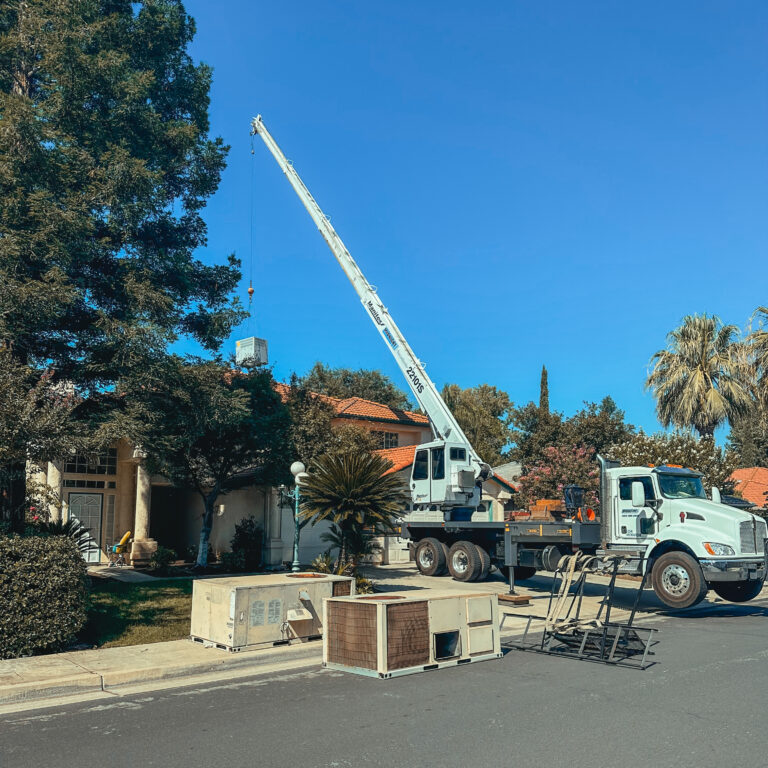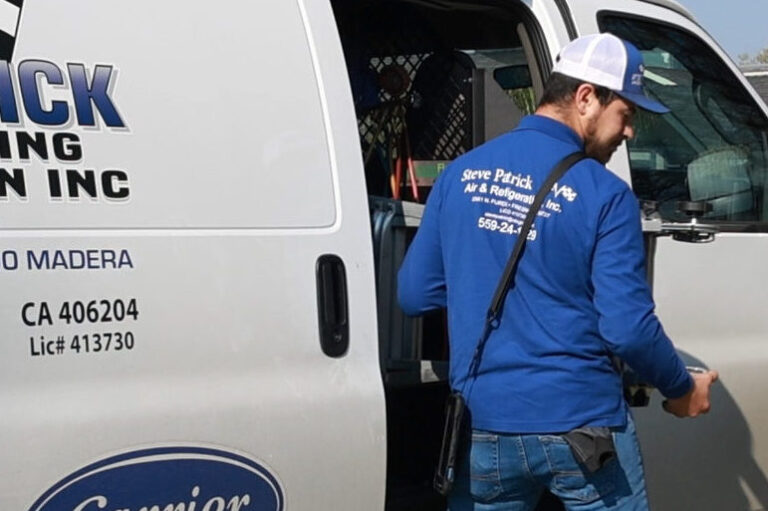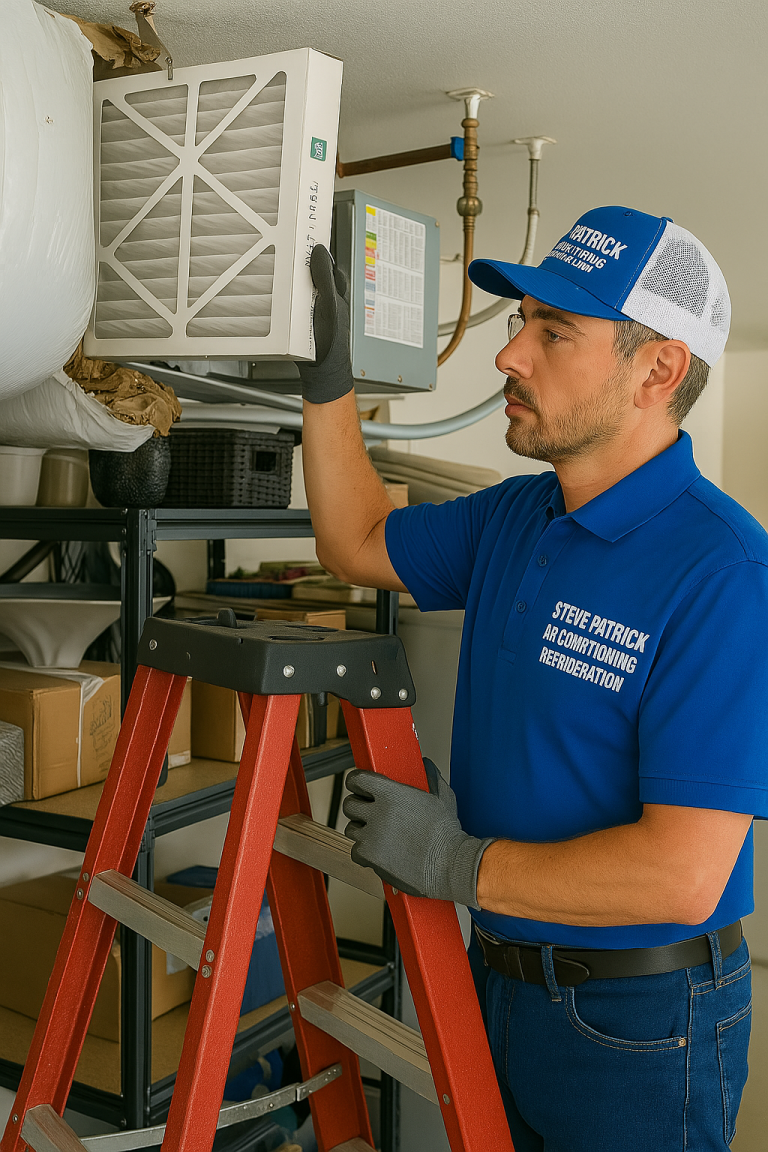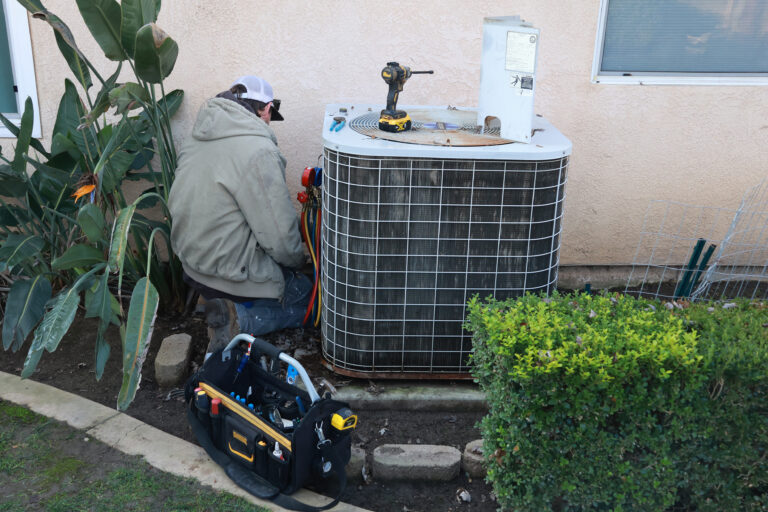Fixing hot and cold rooms is essential for maintaining comfort in your home. Uneven temperatures are a common issue caused by several factors. Identifying the problem and finding effective solutions will help you achieve a consistent indoor climate. This blog post will explore reasons for uneven temperatures, how to balance your HVAC system, and tips for maintaining it throughout the year.
Inadequate Insulation
Inadequate insulation is a common cause of hot and cold spots. Poor installation or gaps can lead to uneven temperatures. Hire an HVAC technician to inspect and replace old insulation if needed.
Uneven Airflow
Blocked or damaged ducts result in poor airflow, creating hot and cold spots. Professionals can help identify and eliminate ductwork issues.
Thermostat Issues
Improper thermostat placement or calibration can cause uneven temperatures. Upgrade to a programmable or wireless thermostat for more consistent comfort.
Insufficient HVAC Capacity
Incorrect HVAC unit sizing can lead to uneven temperatures. Consult an HVAC contractor to ensure appropriate system capacity for your home.
Maintenance Issues
Lack of regular maintenance can cause inefficiency and uneven temperatures. Schedule routine maintenance for cleaning, inspecting, and repairing HVAC parts.
Hot and cold spots in your home are uncomfortable and frustrating. Identifying the cause is the first step to fixing uneven temperatures. Hire a professional HVAC technician to evaluate and fix issues, extending your system’s lifespan. Regular maintenance, like cleaning filters and inspecting the heat exchanger, ensures your HVAC runs efficiently. Fixing insulation and ductwork also eliminates hot and cold spots, ensuring even airflow. Follow these tips for consistent comfort throughout your home.
Contact Steve Patrick Air today at 559-224-1729 to schedule an HVAC evaluation and enjoy even temperatures year-round!
Follow us on Facebook!
Learn about financing here!





